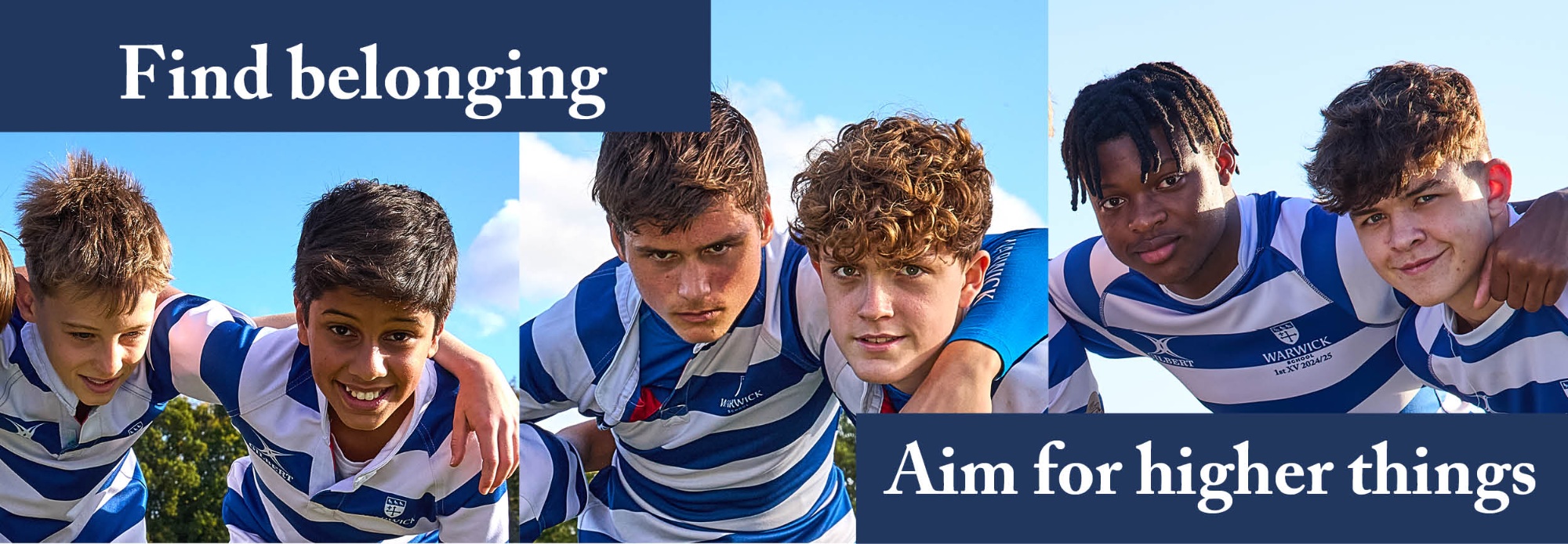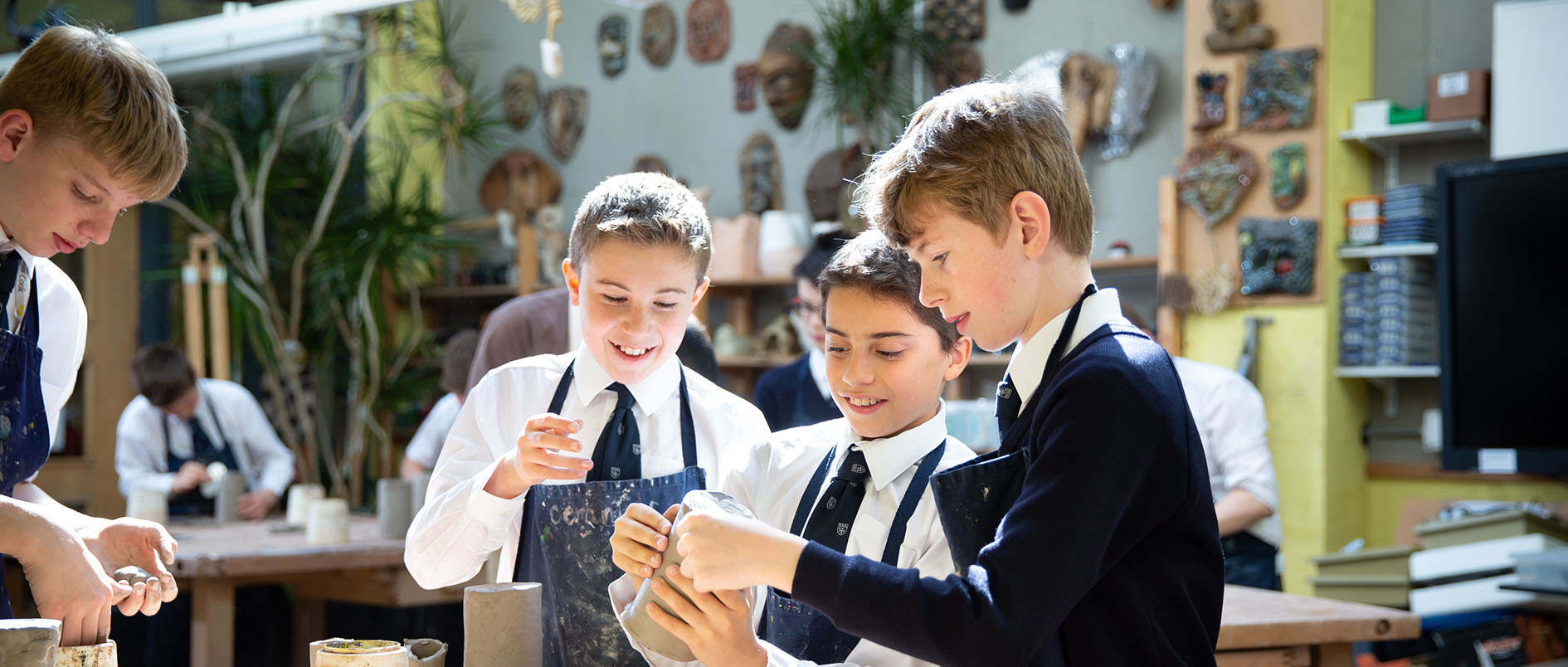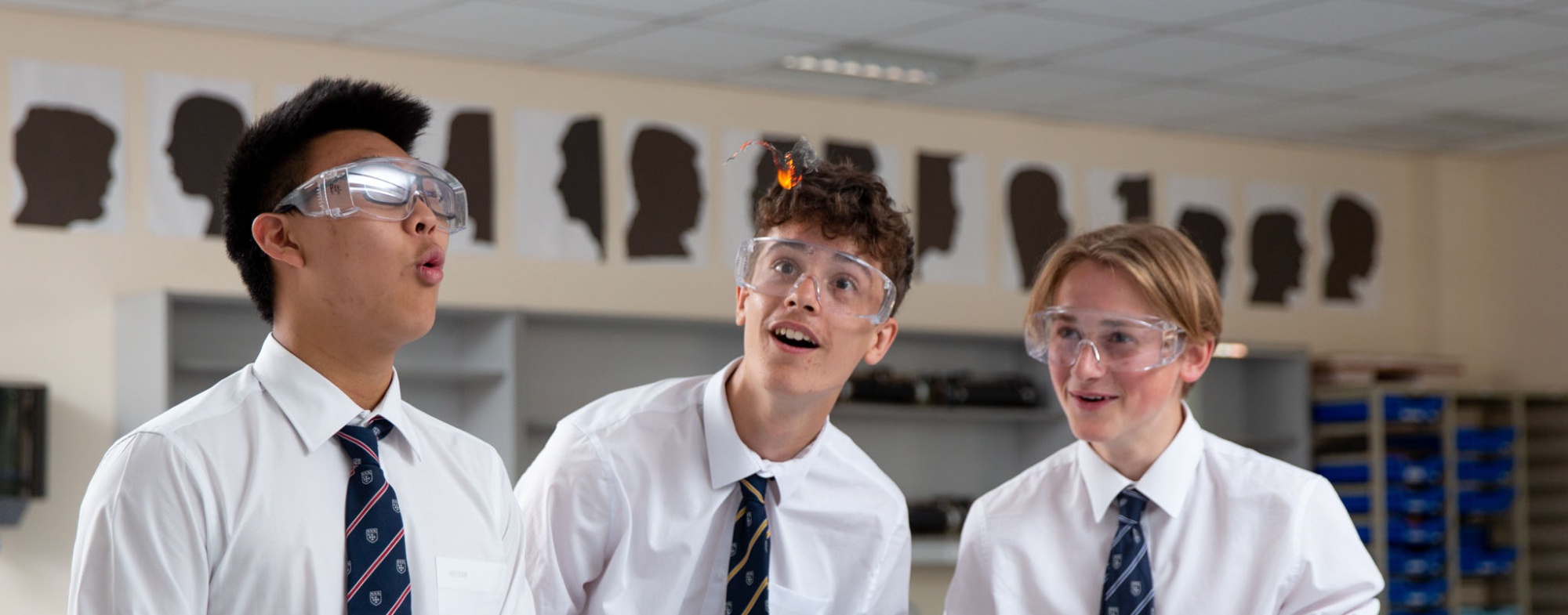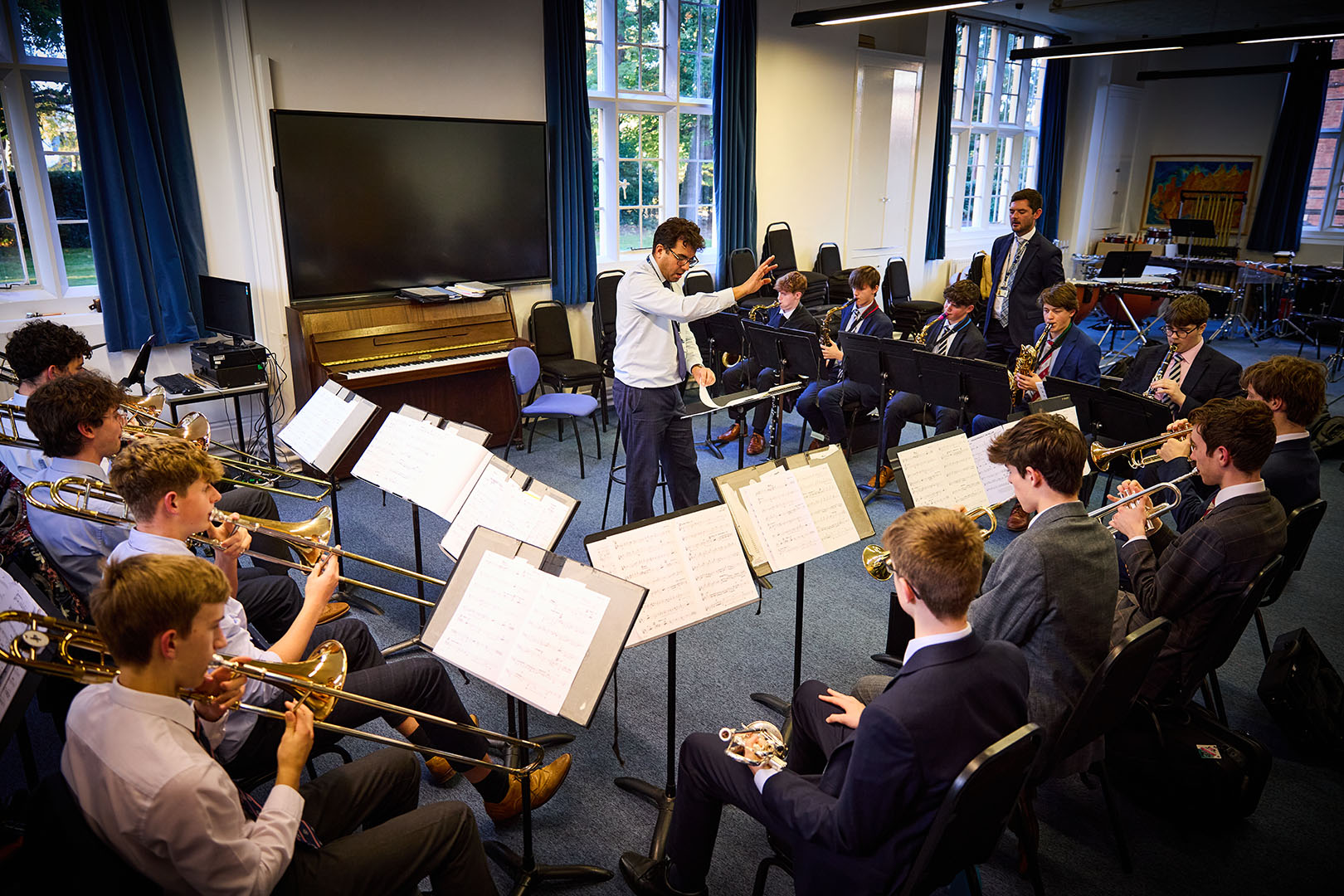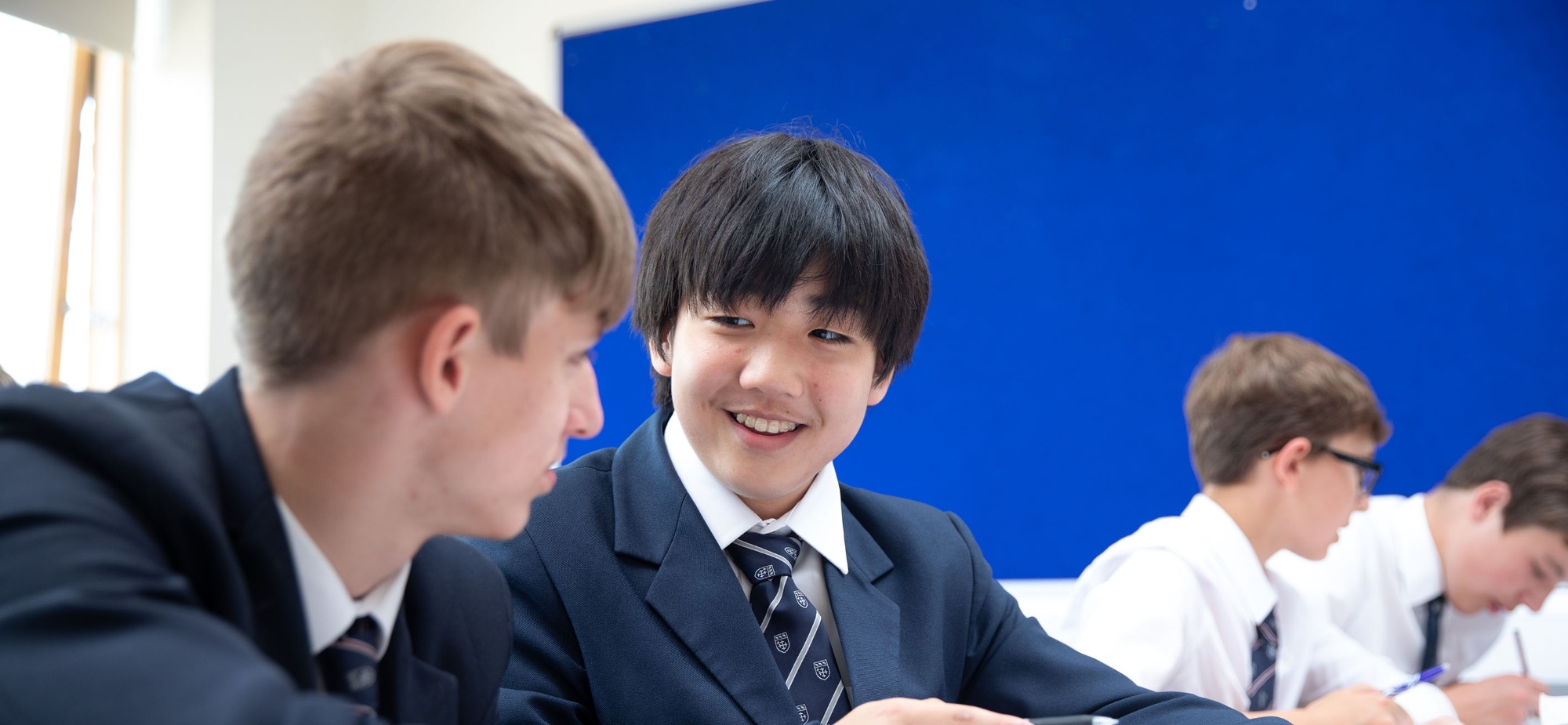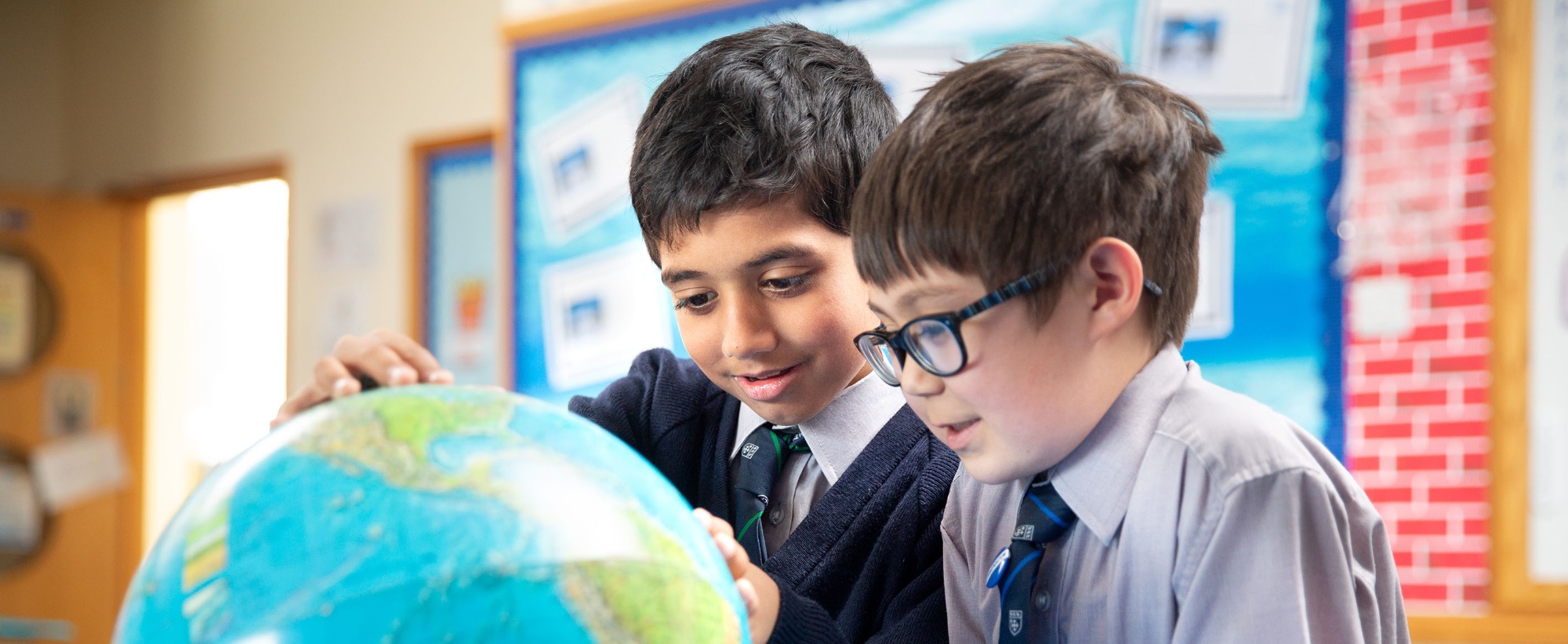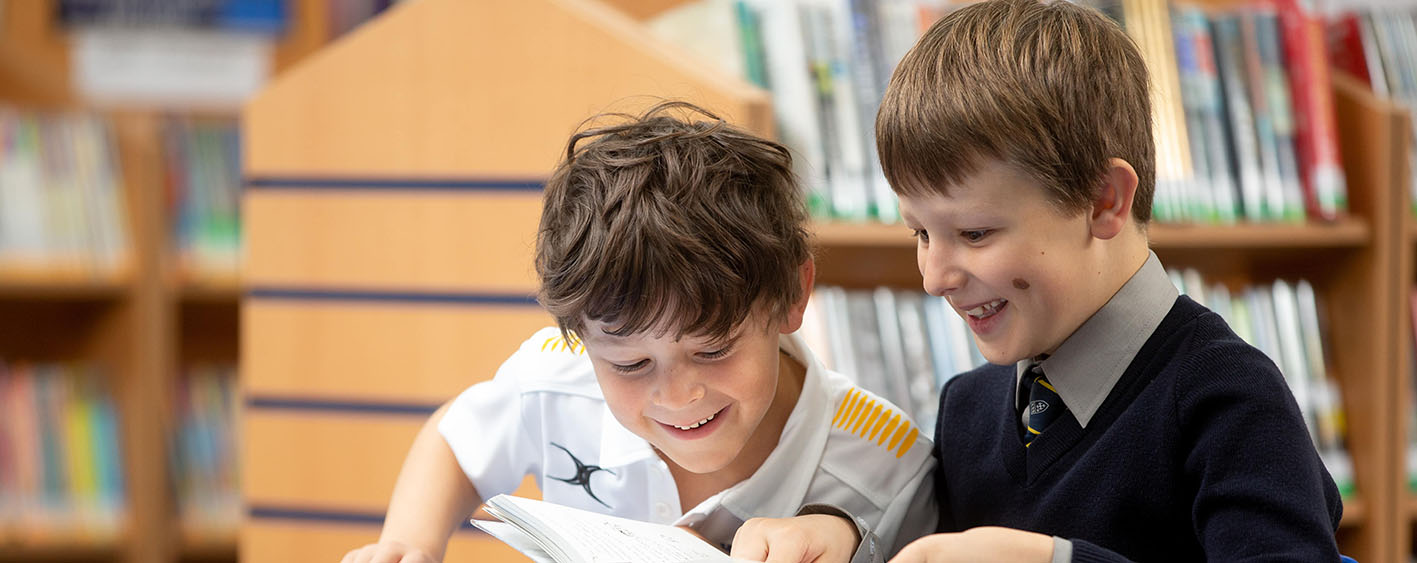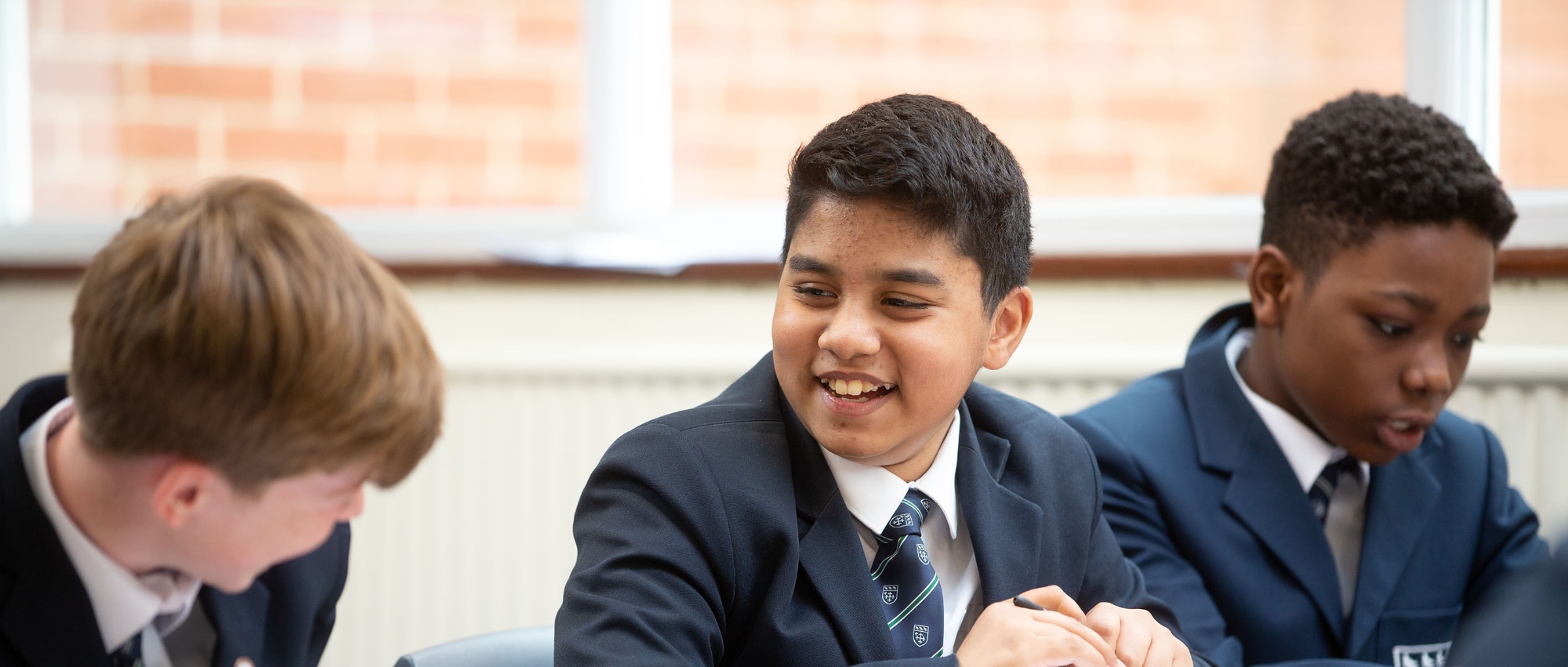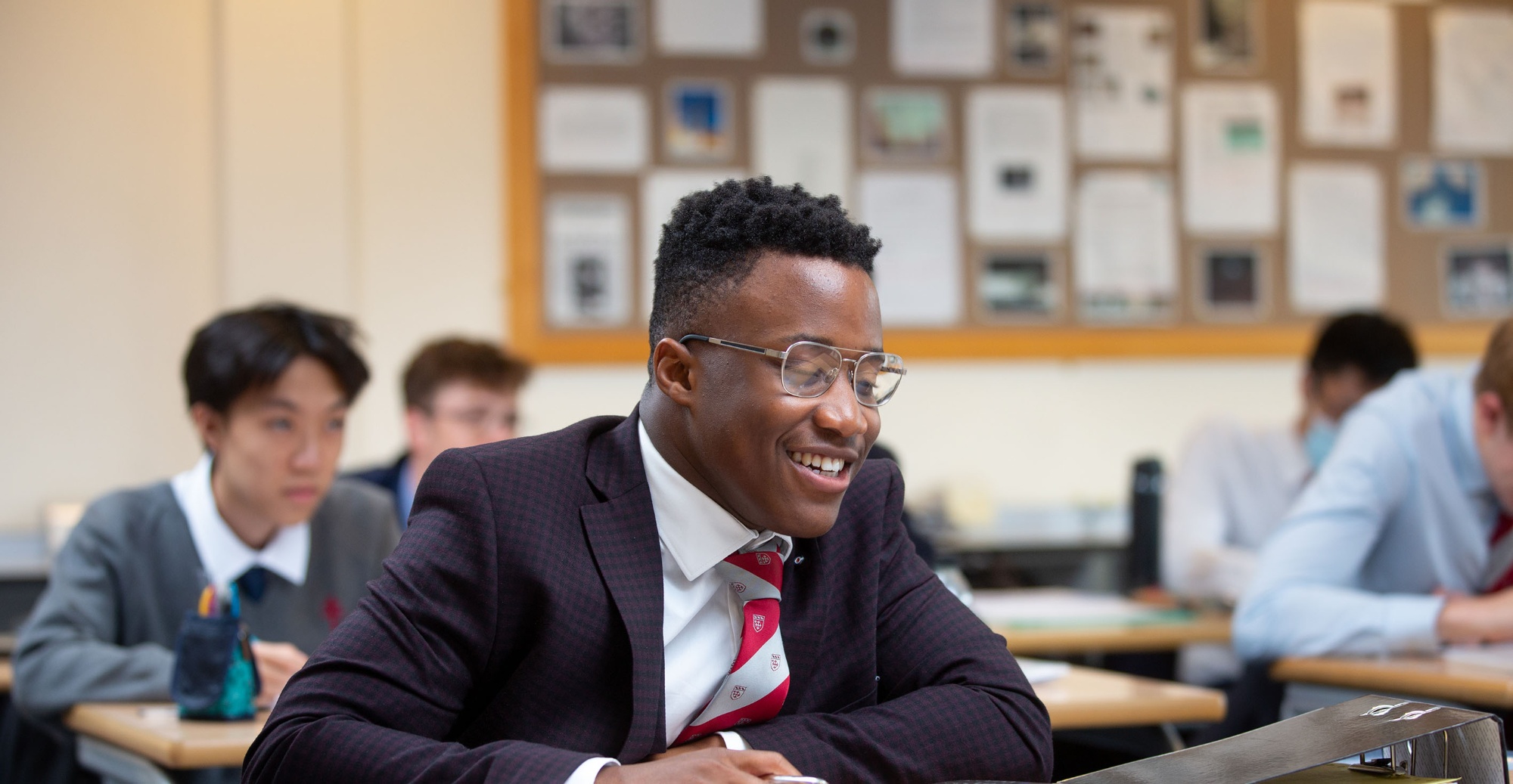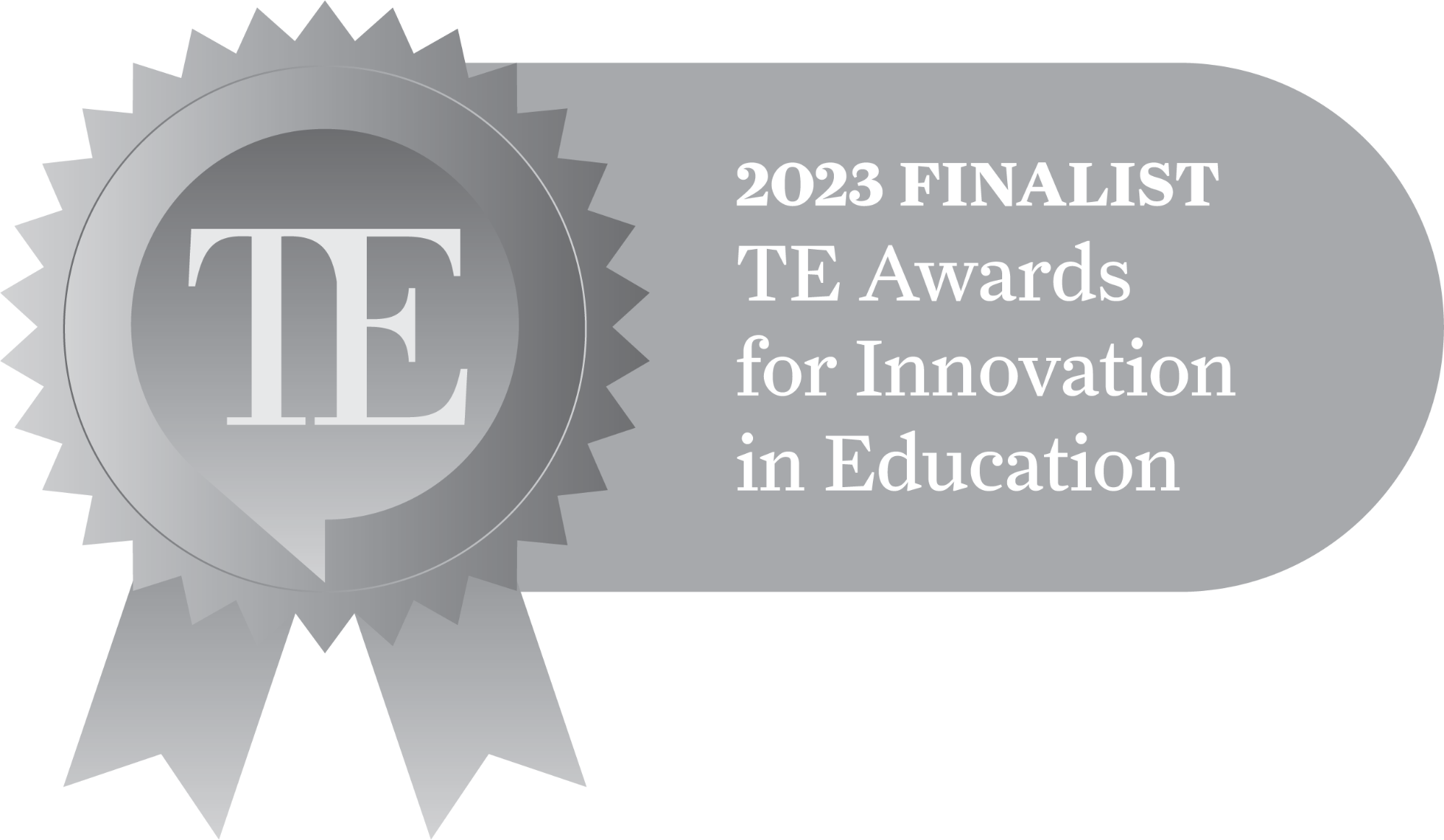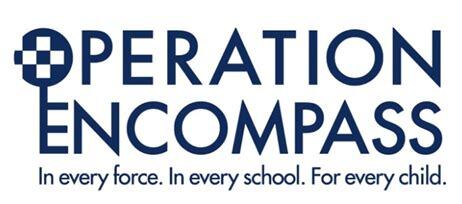Sandy Gunn Aerospace Careers Event

Warwick School is one of 24 schools that was selected to be a national hub to promote aerospace careers events to pupils in the Midlands. This is part of a national drive by the Sandy Gunn Aerospace Charity who promote careers in aerospace to the next generation of aviators and engineers.
The Sandy Gunn Charity is named after a WWII Reconnaissance Spitfire pilot who was shot down and captured over Norway in 1942. He was transferred to Stalag Luft III and was part of the infamous great escape. He was subsequently captured and murdered by the Gestapo under the direct orders of Adolf Hitler. In 2019, Sandy’s Spitfire was found in a peat bog in Norway and it is currently being restored with the aim of taking it to the skies once more in 2024.
This year, pupils from Warwick School, Kings High School, Myton School, St Clare’s Oxford and St John’s College Cardiff attended the first event in Warwick Hall on Wednesday, 24 November. Dr Michael Smith FRAeS FRSA (Chairman of Sandy Gunn) hosted the event and was joined by Antony Hoskins who is rebuilding Sandy Gunn’s original Spitfire. We were also joined by Captain Clive Phillips (Captain at Easyjet) and Lily Myers - a newly qualified commercial pilot, who is only a few years older than the pupils in the audience.
Dr Michael Smith challenged pupils to consider how emerging technologies such as Quantum Computing and advanced automation will eventually become de facto standard in the not-to-distant future. Self-flying taxis and other automated modes of transport may sound like science fiction but are now science fact. Moreover, it was nearly 40 years ago or so, when the move from three to two pilots became the standard cockpit design – the flight engineer was effectively replaced by computers. How long before we go from two to just one (or even no) pilot? Pupils were also reminded that there are plans to open the first hotel in Space later this decade. Technology is clearly advancing, and we need skilled engineers for this future.
Anthony Hoskins brought Sandy’s story and the heritage of the Spitfire to life – emphasising Spitfire pilots would have been only a couple of years older than our current A-level students! Many of the Reconnaissance pilots in the war would spend 5 hours or more behind enemy lines, with no armour or protection of any kind, undertaking aerial photography in their modified spitfires. The Sandy Gunn charity will launch several competitions to allow pupils the opportunity to win a place to learn how to manufacture airplane components using manufacturing techniques and materials from the 1930s and 1940s.
Captain Clive Phillips described a typical day piloting a modern commercial aircraft. From weather planning, aircraft load configurations, passenger numbers to in-flight system management (and in-flight meals) along with the envious views at 39,000ft. At the other end of the career path, Lily Myers gained her commercial pilot’s licence just one week prior to this event and could therefore give a fresh account of what it was like to work through many hours of training that lead to her commercial rating.
Some pupils also had an opportunity to fly and operate a drone within a Virtual Reality environment. The VR software and hardware on display is used by companies to train people to safely fly expensive drones. Finally, a Rolls Royce Merlin Engine from an old Spitfire was also on display to give a sense of scale (and weight!) to these engines. The engine became a focal point during the Q&A sessions at the end of the event.
Further information about the Sandy Gunn Aerospace Careers Programme (including future competitions) can be found at the following website: https://www.acp-aa810.co.uk/
Main image L-R: Mark Johnson, Dr Michael Smith, Dr Cafolla, Captain Clive Philips, Lily Myers, Chris Marshall, Tony Hoskins, and Head Master James Barker


